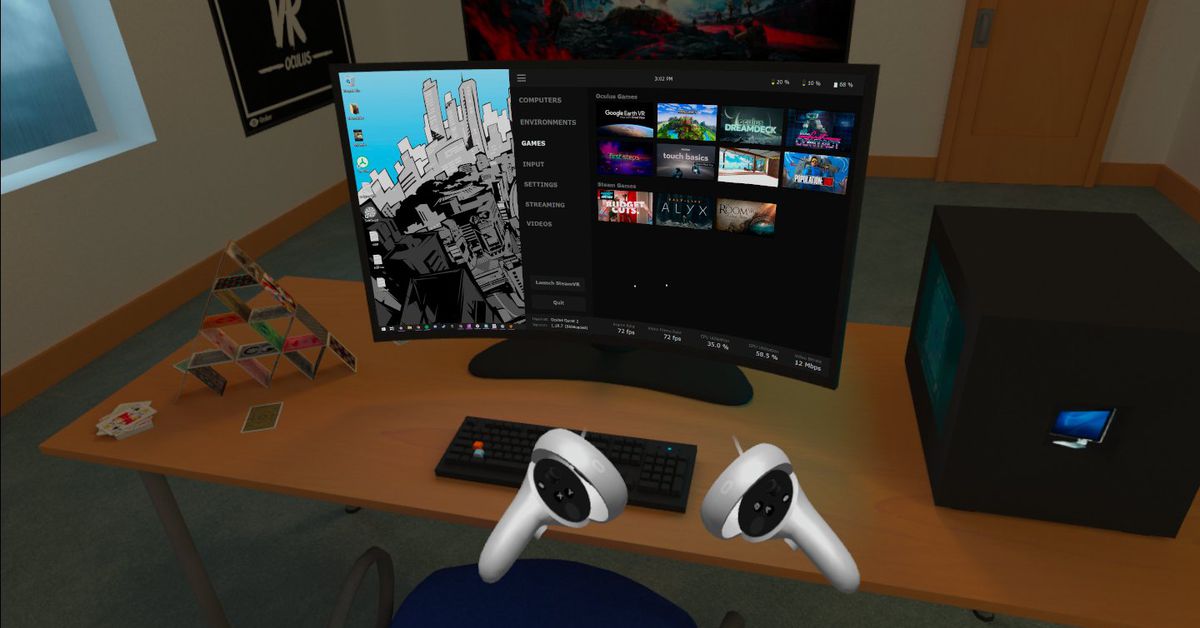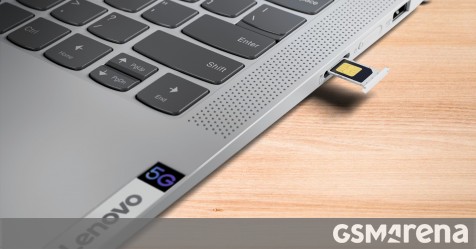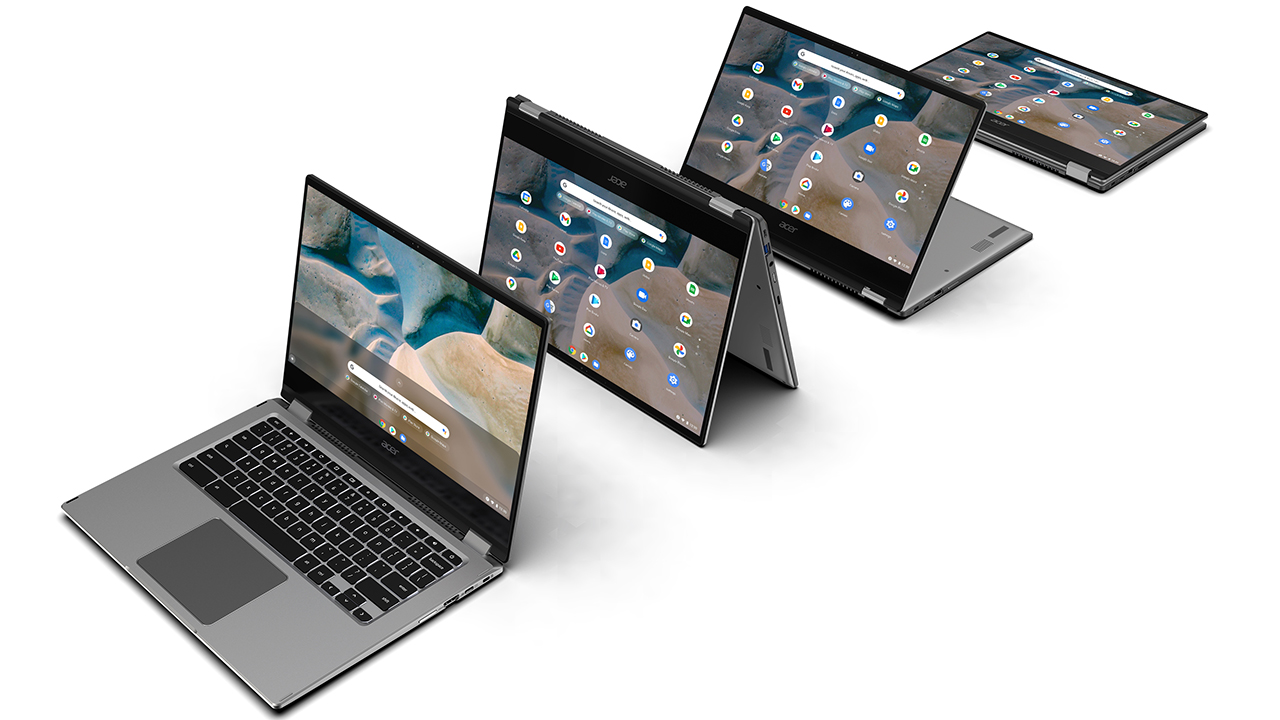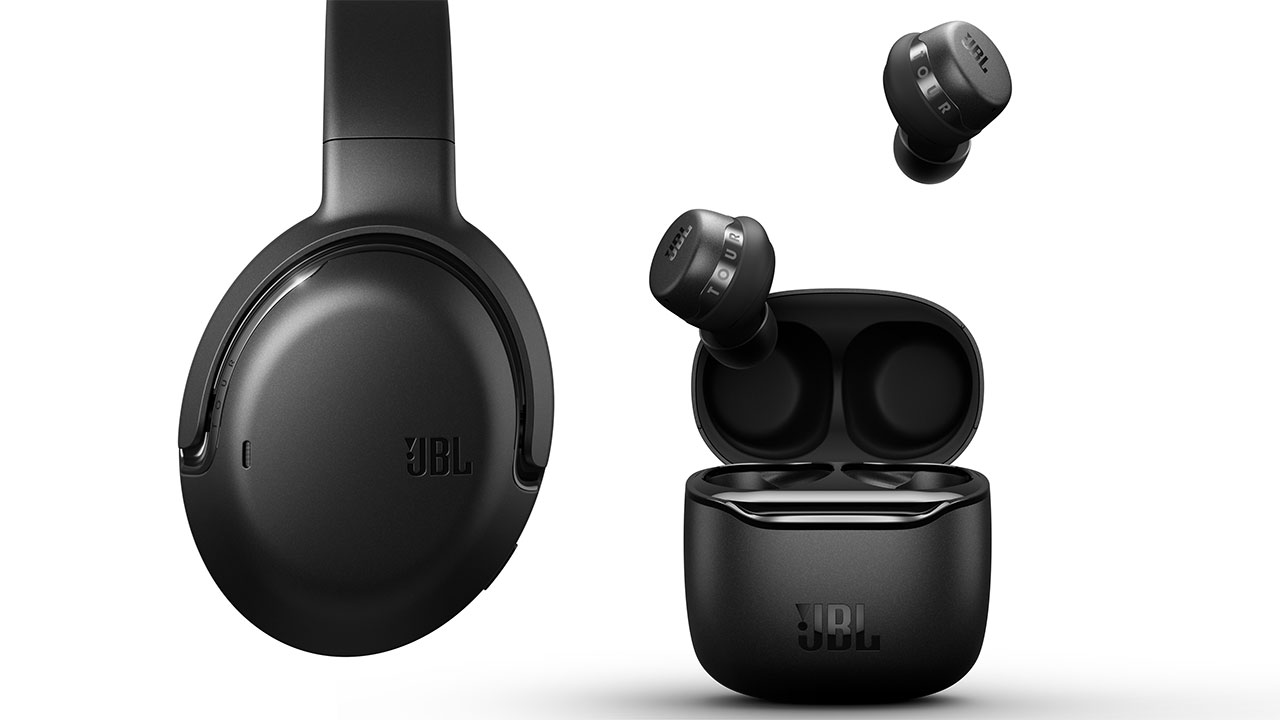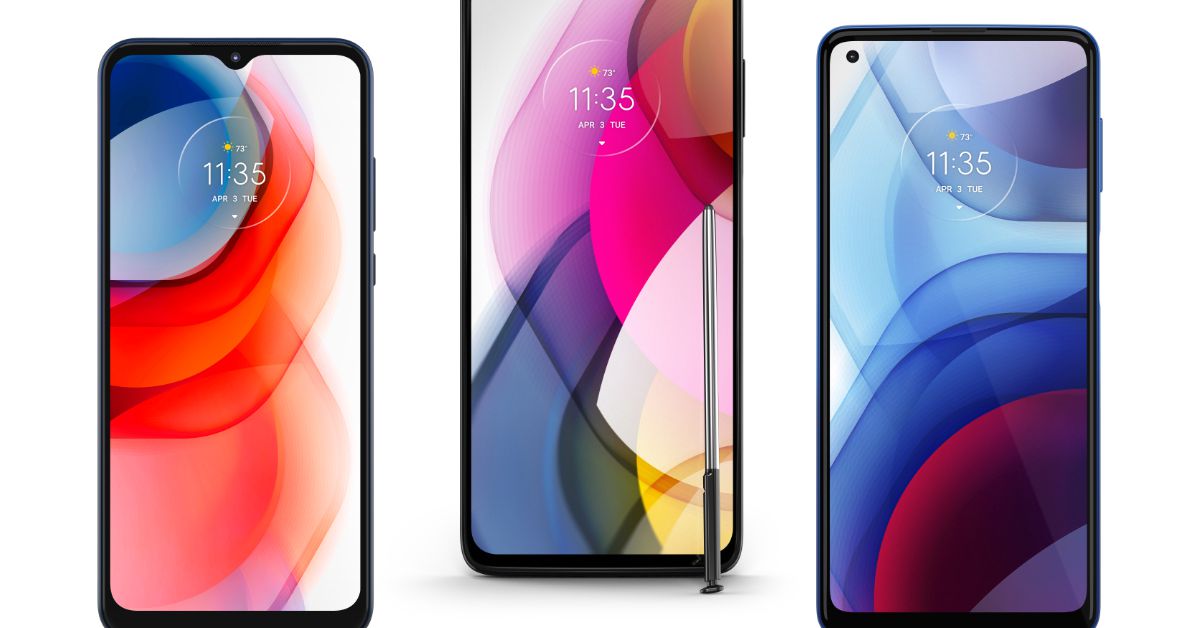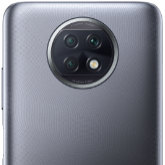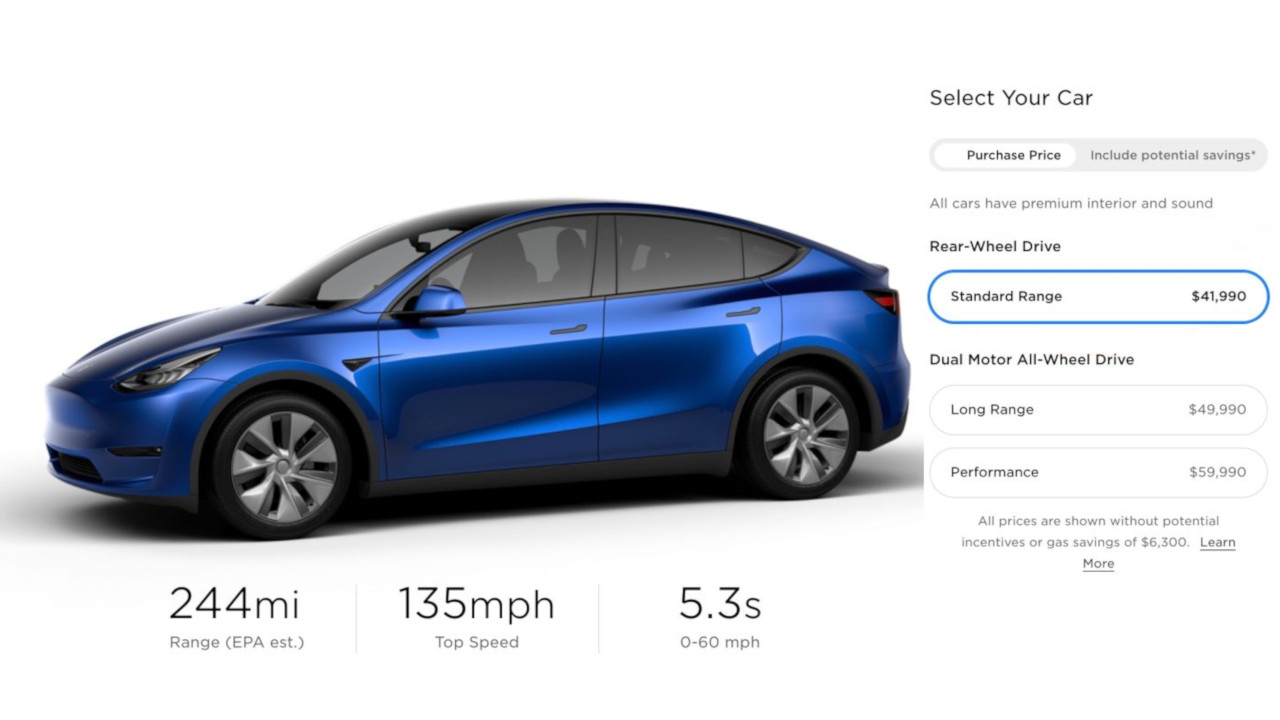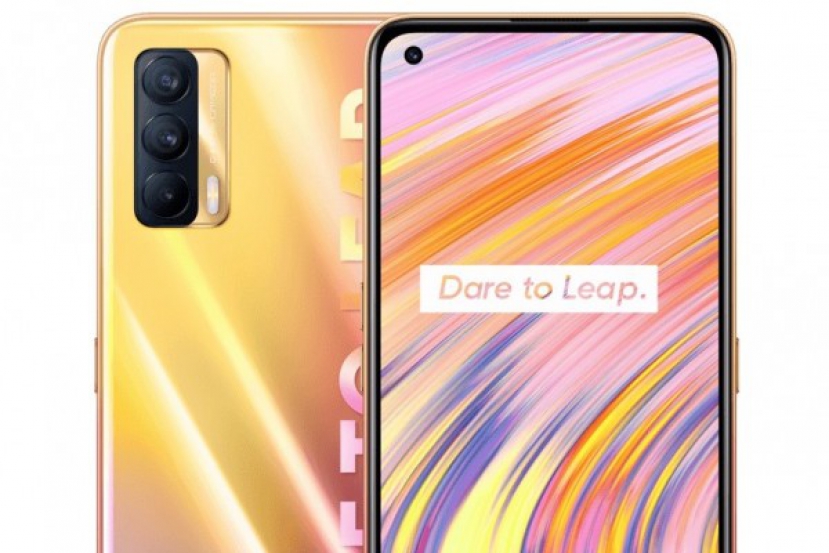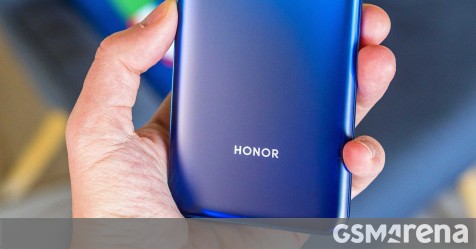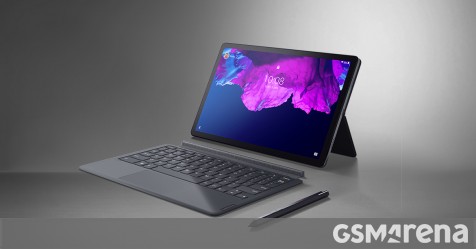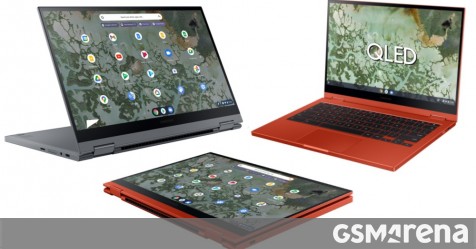One of the best features of the Oculus Quest 2 is it can be manually linked via USB to your gaming PC to play more demanding VR games you couldn’t otherwise run natively on the headset. That’s great if you want a way to play games like Half-Life: Alyx, but the obvious downside is that you’re now physically tethered to a PC — so much for the wireless freedom that the Quest 2 advertises.
Thankfully, developers have already figured out the seemingly impossible: how to run system-intensive titles on your PC and stream the visual feed to your VR device while syncing all of your movements over Wi-Fi. It gives you the best of both worlds: letting you play the games you want without being attached by a cable to your computer.
Doing this isn’t as simple as installing an app through the Oculus store; there are several steps involved. I’m going to walk you through the steps required to make this happen on your Quest 2 virtual reality headset. The same steps likely work on the first Quest iteration, but I only have the latest model here to test.
Photo by Amelia Holowaty Krales / The Verge
Get a link cable
Even though this is a how-to on experiencing VR without wires, you’ll need a wire to get started. Oculus sells an expensive 16-foot cable for around $80, but that’s made for people who really want to use the Quest 2 in wired mode. There are other, less costly alternatives, like Anker’s 10-foot USB-C to USB Type-A 3.0 cable, which costs about $20 and gets the job done.
Many USB cables that come with modern Android phones will likely work, too. And the cable doesn’t have to be long — we’re just doing some simple data transfer here. Unfortunately, the USB-C cable that Oculus includes with each Quest 2 didn’t work for this process when I tried it. It’s simply for charging the headset.
Enable developer settings
If you want to load files onto your Quest 2, you’ll need a developer account. Fortunately, it’s easy to do, but it’s a strange process that’s meant to be used by actual developers.
- Go to this page and sign in to your Facebook account in your browser of choice. Just make sure you sign in to the same Facebook account that you signed in to on your Quest 2.
- The next part of the process is to name your “organization.” You can name it whatever you’d like. You can find a direct link to this page right here in case you get lost.
- With those two steps out of the way, open up your Oculus mobile app (iOS or Android) and sign in with the same Facebook account. Then navigate to the “Settings” pane by clicking it at the bottom-right corner of the app window.
- On the next page, click “Oculus Quest 2” right beneath your name, and a few more options will expand from within it. Click “More Settings”
- Once you’re there, tap “Developer Mode” and switch it on
Install the Quest 2 driver for your PC
The next couple of steps pave the way for you to sideload software onto the Quest 2 headset, which is a feature usually reserved for developers. If you’re using a Windows PC, you will need to install ADB drivers to let your PC write to the headset; according to the Oculus site, macOS and Linux systems don’t need a driver.
- Download the software linked here, hosted by Oculus. (Just check the box saying you agree to the terms of the license — you can read it if you want — and click on “Download.”)
- Once it’s downloaded, extract the contents of the folder. Then right click the item called “android_winusb.inf” and select “Install.”
Buy the Virtual Desktop app for Quest
The Virtual Desktop app lets you access your PC through the lens of a VR headset. You can use it for games, like we’ll be doing, but you can also watch movies you have stored on your PC in a variety of different virtual environments. There’s a Quest-specific version of the app that you can purchase here for $20. (Make sure it says that it’s compatible with Quest underneath the purchase button.)
After you purchase it, install it on the headset. We’ll be returning to this app in just a bit, but for now, a few other steps.
Connect the Quest 2 to your PC
Connect your Quest 2 via its side-mounted USB-C port to your PC’s fastest available USB port. If you’ve done everything correctly up to this point, you’ll see a message displayed in the headset asking if you want to allow USB debugging. Allow it to proceed.
Download and install SideQuest on your PC
SideQuest is a free app and storefront for experiences that can be sideloaded onto your headset. For the purposes of this how-to, you’re just going to use it to apply a necessary patch to the Virtual Desktop app that I just suggested you buy and install on your Quest 2 headset.
- Head here to find the right installer for your operating system (I used the Windows 10 version for this how-to) and download it
- Once it finishes installing, run SideQuest
- At this point, your headset should show up as connected in the top-left corner of the SideQuest app on your PC with a green bubble. If it’s not showing as connected, check your headset’s display for a prompt. It may be waiting for you to allow your PC to access and modify the Quest 2’s file system.
Sideload the Virtual Desktop VR patch for Quest 2
Within SideQuest, type “virtual desktop” in the search bar. The result you’re looking for is called “Virtual Desktop VR Patch.” This is the necessary key to fooling your computer into thinking your Quest 2 is a wired headset.
- With your Quest 2 connected to your computer, hit the “Install to Headset” button in SideQuest, located just below the search bar in the app. The process should be pretty snappy, lasting just a few seconds.
Download Virtual Desktop Streamer
There’s yet one more free application to download: Virtual Desktop Streamer. Made by the same folks who made the Virtual Desktop app you purchased on the Quest 2, this app simply streams PC content to your headset via Wi-Fi.
- Once this app is downloaded and installed, you’ll need to input your Oculus username in the Streamer window
- If you don’t know it off the top of your head, you can find it by opening the Oculus app on mobile, navigating to “Settings,” and then tapping on the area that shows your name and email address. The name that will display next to your avatar is your username.
- After that’s entered, hit “Save”
- That’s the last step! But remember that it’s crucial to have the Virtual Desktop Streamer app open in order for your headset to communicate with your PC.
Open Virtual Desktop on your Quest 2
If every step was done correctly, you’ll see your PC pop up in the list of available devices to connect to from within the Virtual Desktop app on your Quest 2.
Once you’ve connected, the Options button (the left Oculus Touch controller’s equivalent of the Oculus button) is mapped to open up the top-level menu for Virtual Desktop, as shown in the image below. From there, clicking “Games” will reveal every game that’s installed on your PC. You can simply boot each one from there, and your PC will handle all of the hard work.
If you aren’t happy with the visual fidelity within each game, you’re free to customize some settings that affect latency, refresh rate, and more. Note that you’ll likely get a clearer, more fluid image if your PC is powerful and your internet connection is fast. Given the reliance on your Wi-Fi network, your wireless router plays a large role in delivering a smooth experience, too.
Streaming VR over Wi-Fi certainly isn’t a perfect solution. I have a Wi-Fi 6-ready router and relatively speedy internet (235Mbps down, 19Mbps up), and I still experience the occasional spot of lag and slightly fuzzy image. Though with enough tweaking on the Virtual Desktop app (turning Wi-Fi off on seldom-used tech items never hurts), I think you’ll have a good time.
